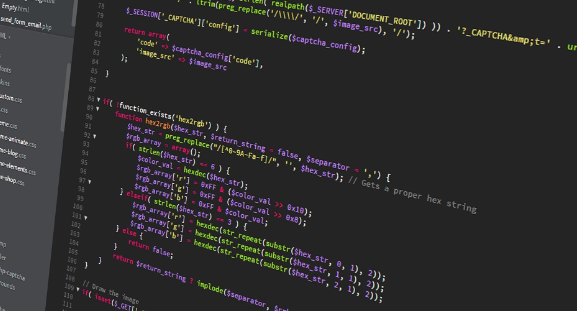Welcome to the next episode in our new series “Integrating testing into your development flow”. Today we are going to be looking at “Understanding and Building Unit Tests”.
In our first few presentations, we covered how to build the documentation for a test strategy and test plan. These documents are useful in clearly defining the software requirements that both the developers and testers will use to test the software. Now we can move on to the next step of the testing process, defining the Unit Tests.
What are Unit Tests? Well, Unit Testing is a type of software testing where we break the software up into individual units or components. It is also considered a White Box testing technique that is usually performed by the developer. Also, QA Engineers can be called in to do the unit testing, when development runs into a time crunch or the developers just don’t have the extra capacity to write the tests. Yet, when proper unit testing is done during the development stage, it can save a company both time and money. Not to mention the company’s reputation for releasing a stable product. Because no one likes a product that does not work the way it should.
Topics covered in Understanding and Building Unit Tests
-
- Unit Testing
- Advantages / Disadvantages
- Frameworks
- Unit Testing Myths, Tasks, Techniques & Tips
- Example of unit testing with JUnit
- Best Practices
This series comes from our mentoring/mastermind classes. These classes are virtual meetings that focus on how to improve our technical skills and build our businesses. The goals of each member vary. However, this diversity makes for great discussions and a ton of educational value every time we meet. We hope you enjoy viewing this series as much as we enjoy creating it. As always, this may not be all new to you, but we hope it helps you be a better developer.

